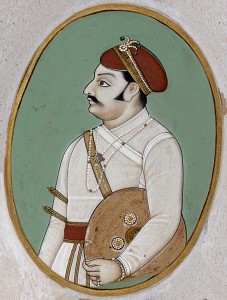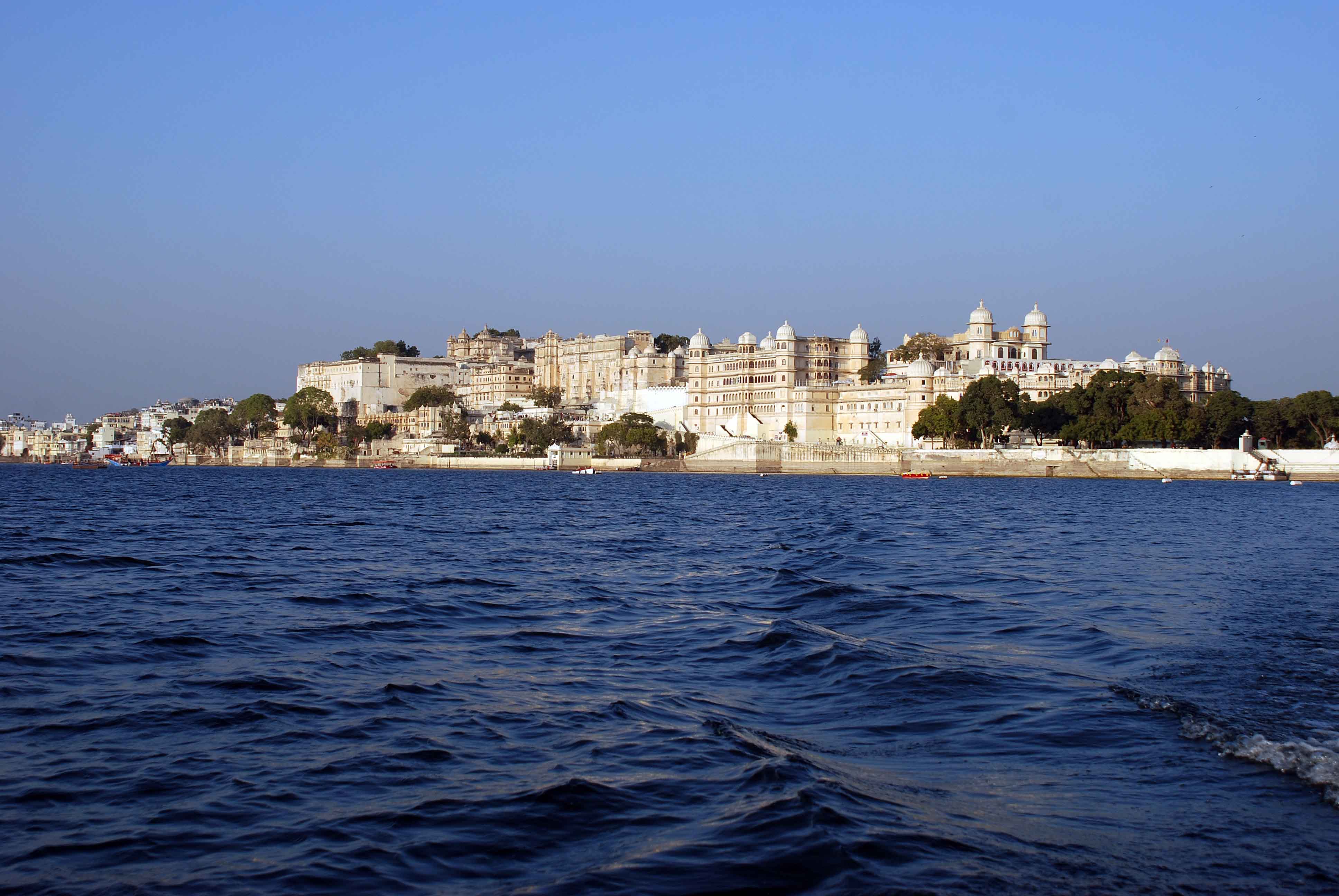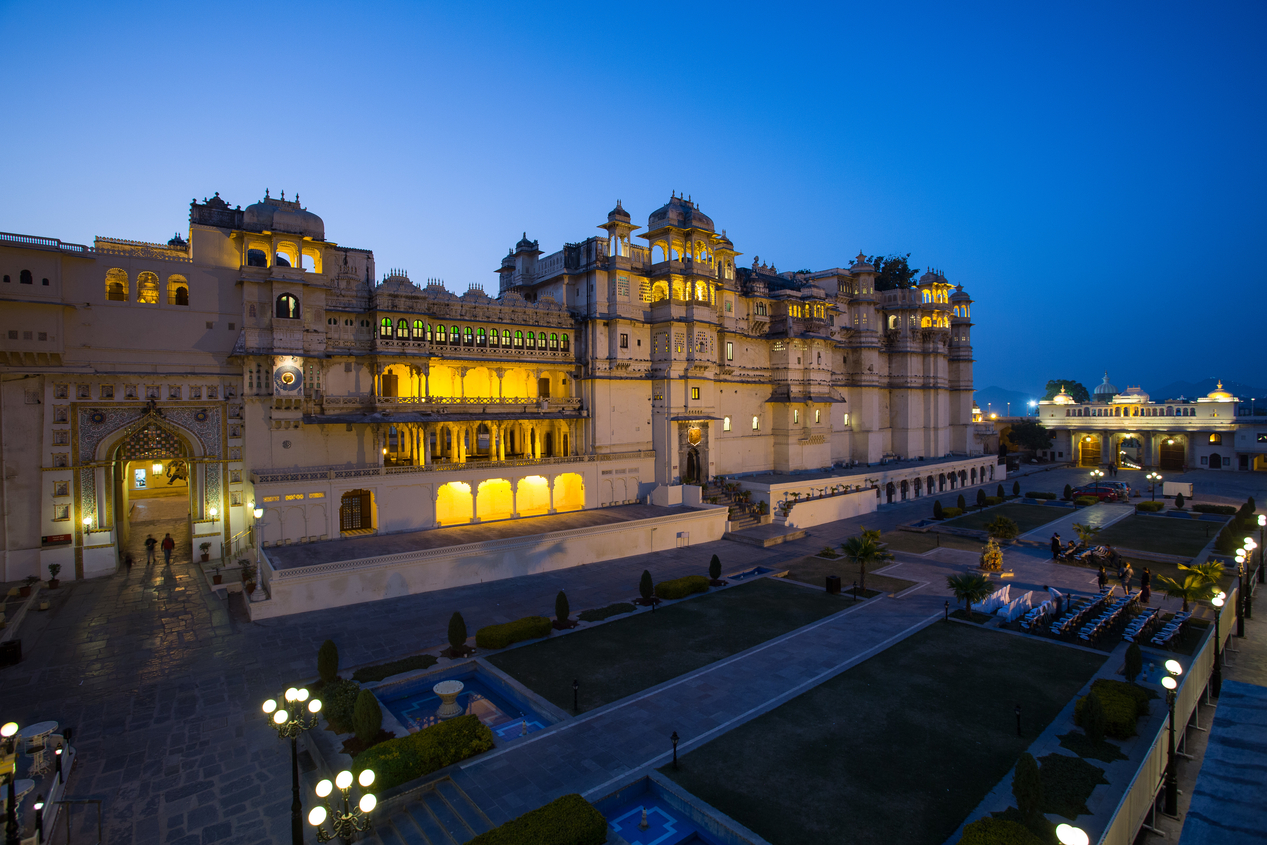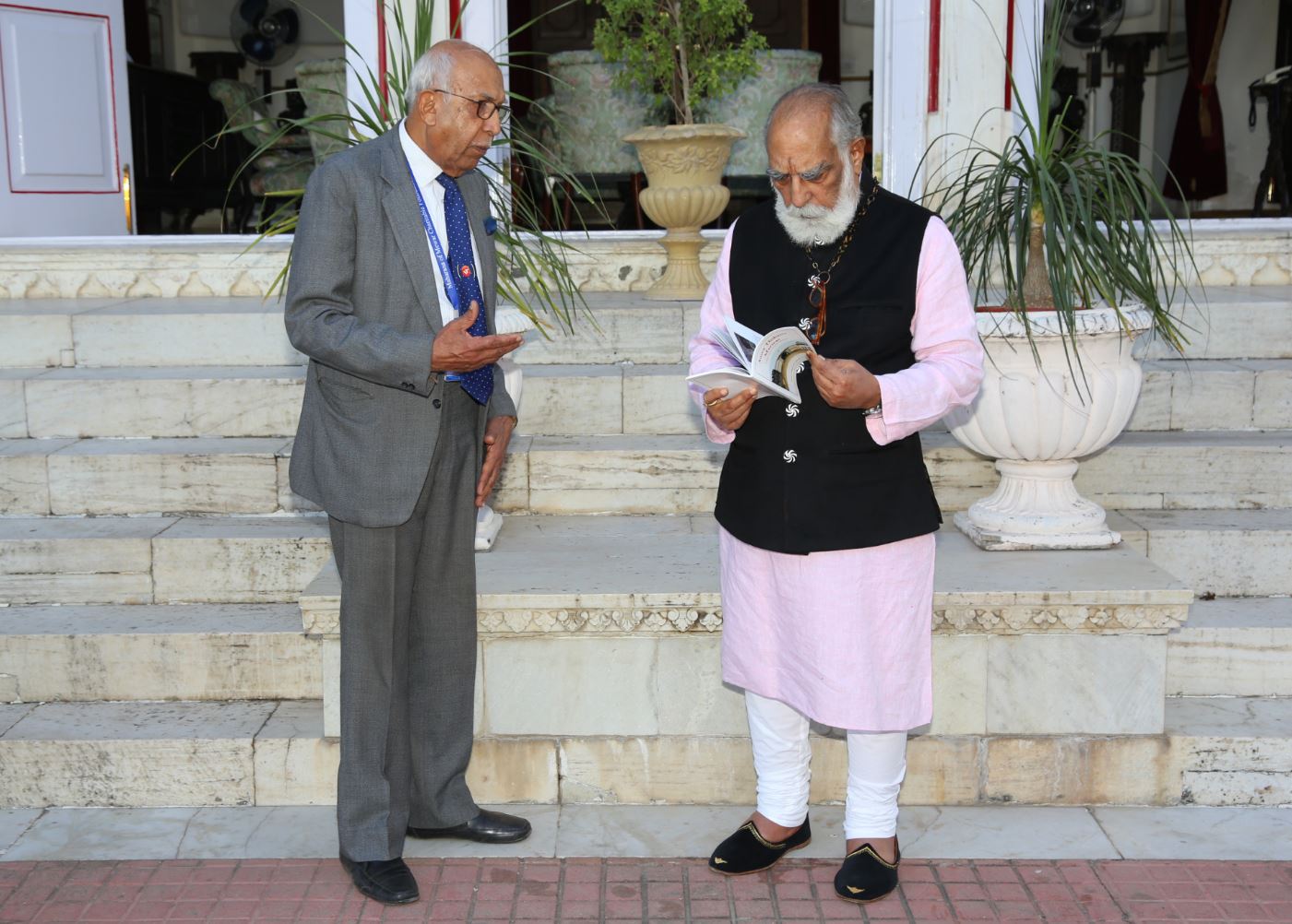Rana Karan Singh
Ruling Period: 1620 – 1628
Karan Singh was the successor to Rana Amar Singh, and was crowned king of Mewar in 1620. Karan had often proved his courage and bravery in battles commanded by his father; soon he was to show ability in repairing the damage of former adversities. As a part of the treaty between Rana Amar Singh and Jahangir in 1615, Karan Singh, as the crown prince became a part of the Mughal council. Thereafter, Karan acclaimed distinction among the Rajput underlings of the Mughals. A man of vision, Maharana Karan Singh began rebuilding his capital. He added many rooms, courtyards and halls to the City Palace. He constructed the Zenana Mahal (Palace of the Queens), for the private use of the court’s ladies. The city’s walls were fortified; Lake Pichola’s dam was strengthened and the lake enlarged. Rana Karan Singh became the chief advisor and friend of Prince Khurram to be known as Emperor Shah Jahan later. It is believed that when the Mughal Prince was exiled by his father, Emperor Jahangir, he turned to the Maharana for help and Jagmandir Island Palace became a safe haven for him. The rebel lived a quiet, safe existence in the palace for some months. Thereafter, Khurram’s two young sons, Princes Dara and Auranzeb were sent to the Mughal Court as hostages. Prince Khurram was forgiven, following which he rejoined his father. He did not leave Jag Mandir without expressing his gratitude for his stay in Udaipur. As a sign of respect, the Maharana and Mughal Prince exchanged turbans and Khurram gave back Mewar, the five districts that the Mughals had snatched, gave Karan Singh a green signal to reconstruct the old capital at Chittor, and presented his friend with a ruby of inestimable value. Jag Mandir’s dome and fine inlay work impressed Shah Jahan so much that, he is said to have incorporated these features in the magnificent tomb he built for his wife in Agra – The Taj Mahal. Rana Karan Singh II died in 1628 before the ascension of Shah Jahan and was succeeded by his son Rana Jagat Singh I.





